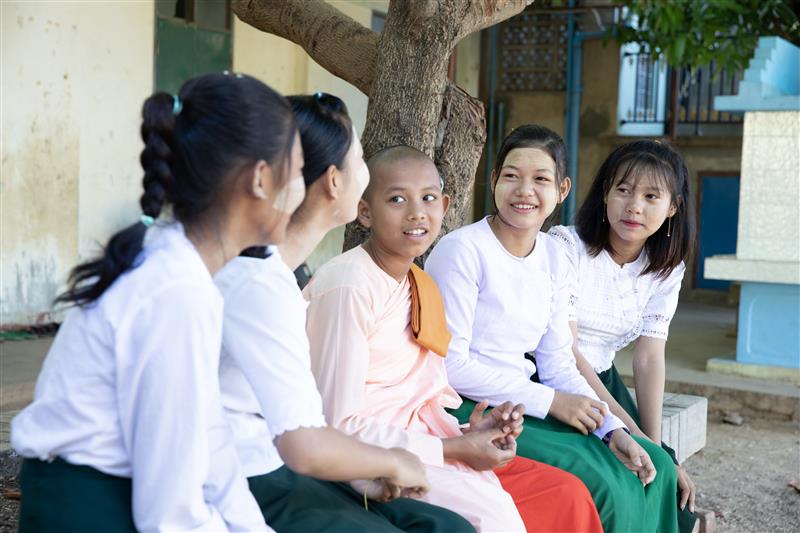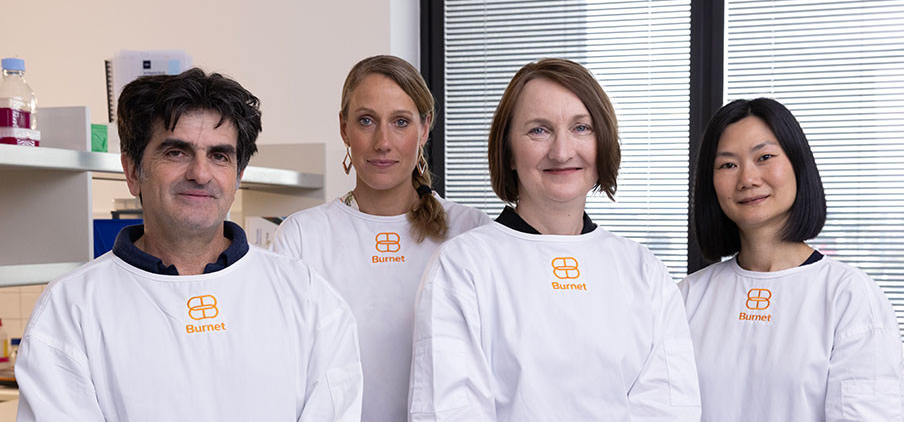
COMBAT AMR: mitigating the threat of antimicrobial resistance in Pacific island countries
COMBAT AMR worked in partnership with government, National Antimicrobial Resistance (AMR) Committees and public health counterparts in Papua New Guinea, Solomon Islands, Fiji and Samoa to support the prevention, diagnosis, surveillance and management of AMR pathogens under the framework of existing National AMR Action Plans and priorities.
Antimicrobial resistance, the ability of microorganisms to resist being killed by medicines such as antibiotics, poses a major and rapidly growing threat to the prevention and treatment of infections, and to public health globally. AMR is a growing threat in Pacific island countries.
Understanding the nature and spread of AMR is dependent upon the ability to collect and interpret quality data to support clinical management, establish and contribute to meaningful surveillance and to inform public health responses.
Objective
This project delivered a program of work at major national sites, including referral hospitals and laboratories, across four key themes.
Infection prevention and control
This was improved by establishing relevant policies and procedures, including hand hygiene, and systems for monitoring selected healthcare associated infections, through training and mentoring.
Antimicrobial stewardship training and mentorship
This built capacity for improved measurement and ongoing monitoring of the appropriateness of antibiotic use and of volumes of use, and capability to manage antimicrobial stewardship and respond to emerging issues was a key focus of this project.
Laboratory capacity and surveillance
This project improved capacity for laboratory surveillance of AMR through training and mentoring to improve laboratory capacity to detect AMR in an accurate and timely manner, ability to undertake surveillance of WHO AMR priority pathogens, and support to establish efficient referral pathways for AMR pathogens.
Animal health using a One Health approach
This theme improved cross- sectoral surveillance of AMR and antimicrobial use across human and animal health.
Timeline
2020–2022.
Approach
Implementation of the COMBAT AMR project followed the principles outlined below.
Country engagement and coordination with nNational AMR action plans
To promote sustainability and ensure project activities respond to need, the project aligned with National AMR Action Plans and public health priorities and established partnerships with National AMR Committees and public health counterparts to define and implement project activities.
Situation and needs assessment
The COMBAT-AMR team worked with counterparts to undertake a comprehensive situation and needs assessment at the start of the project, using a purpose-built, comprehensive, and informative situational analysis tool to understand current country approaches to address AMR and inform development of project activities based on identified needs.
Train-the-trainer
Key champions and leaders were identified to participate in capacity building activities delivered under a train-the-trainer model. The project developed training tools and resources for champions to use, supporting the development of a regional network of trained professionals in AMR across Pacific Island Countries.
Coordination with national and regional initiatives
This initiative aligned closely with other regional AMR capacity building activities through ongoing coordination and communication with institution leaders, public health personnel, and regional stakeholders, including WPRO and SPC.
One Health
This program was delivered using a One Health approach, including providing opportunities for training and mentoring across human and animal health, to create One Health communities of practice in partner countries.
Community impact
The four end-of-program outcomes in each country are:
- improved IPC systems within major health facilities.
- improved AMS within major health facilities.
- improved capacity for laboratory surveillance of AMR within major health facilities and national public health laboratories.using a One
- Health approach, improved cross sectoral surveillance across human and animal health.
Partners
Funding partners
- Australian Government
- Doherty Institute

Collaborators
- Doherty Institute
- The Australian Government Department of Foreign Affairs and Trade’s Indo-Pacific Centre for Health Security
- The University of Melbourne Faculty of Veterinary and Agricultural Sciences
- Pacific Pathology Training Centre
- Alfred Health
- Pacific Regional Infectious Diseases Association
- WHO Collaborating Centre for Surveillance of AMR
- WaterAid
- Massey University
Project contacts
Project team

James Lawson
Program Manager / Country Program Manager




